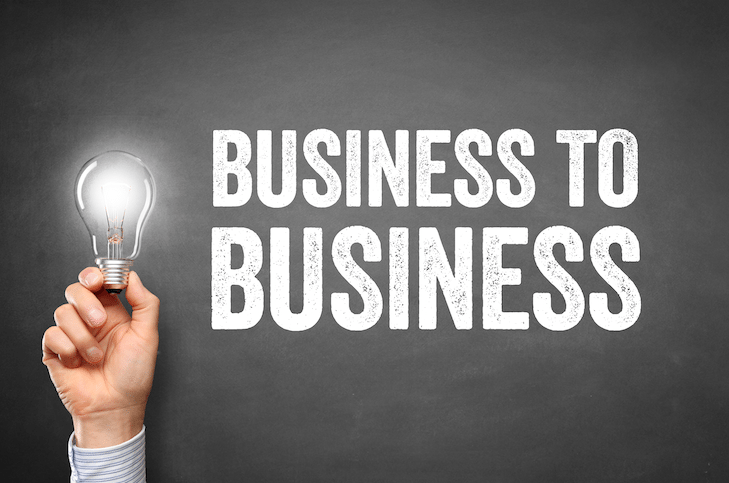There are many reasons why the office of Dunder Mifflin made for such great television. While most people enjoyed it for the awkward and often ignorant antics of the supply manager, Michael Scott (played by Steve Carrell), it was the show’s traditional B2B business model that provided the background for nine seasons of cringe worthy comedy on “The Office.” Selling “limitless paper, in a paperless world,” using paper salesmen might seem ridiculous on the surface, but what’s even more surprising is it’s actually a textbook business-to-business (B2B) operational model.
Too big to feel the risk
As antiquated as they might seem, Dunder Mifflin’s operations follow a simple supply chain model. As with most traditional B2B businesses, the company is all about the relationship between the buyer and the supplier. Customers are typically longstanding and order large volumes over a regular periodic schedule. In an enterprise relationship, there’s less anxiety between the buyer and the seller because of the nature and size of the transaction. Both the buyer and seller are large entities that late or lost payments don’t create immediate cash flow issues; big balance sheets and readily available credit facilities allow enterprise companies to maintain the working capital necessary to stay afloat. And of course, there are fewer transactions when enterprise products are on the table. Remember the episode when Jim Halpert spent an entire day trying to get ahold of Mr. Deckert? That one sale amounted to 25 percent of his yearly commission. Since there are fewer transactions, the overall workflow is simple, even if a buyer becomes delinquent.
Small “b” businesses and invoice anxiety
Now, there are still plenty of businesses that follow an enterprise model similar to that of Dunder Mifflin. Big, complex software systems adhere to a similar buyer/seller model, for example. But what about in the new economy, where the the buyers and the sellers aren’t behemoth corporations, but rather involve small “b” businesses (on one or both sides)? Freelancer networks, ride hailing apps, artisan crafters and reseller marketplaces; while some may turn into unicorns, the nature of their business-to-business payments differ greatly from traditional B2B transactions. As such, big “B” to small “b” transactions tend to be smaller and far more frequent, which can easily lead to cash flow sensitivity. And since the small “b” businesses on the receiving end of the transaction don’t have the same immediate access to credit or multi-million-dollar balance sheets to fall back on, their invoice anxiety can be quite high.
Also on StartupNation.com: B2B SEO vs. B2C SEO [Infographic]
Understanding accounts payable in the new economy
The one-to-many relationship that characterizes these new forms of business transactions is increasing the complexity and risks associated with basic small business money management. For one, costs can become exorbitant. Sending a wire transfer or processing a paper check makes sense for a one-time, large-sum payment, but extrapolate that hassle and fixed cost across hundreds or thousands of smaller B2b payments in the gig economy, and the result can have a huge impact on the efficiency and viability of your operation. Sending payments using traditional methods in today’s marketplace economies is about as reasonable as selling limitless amounts of paper in a paperless world; it’s a backwards approach to a problem that’s evolved.
The moral of the story? Individuals operating and earning on large platforms or marketplaces don’t necessarily understand that they’re running a small “b” business. Nor do they understand the operational issues that come with managing cash flow and accepting lower-value, higher-volume payments. At the same time, platforms are relying on enterprise B2B payment disbursement methods to pay a high distributed supply-side.






